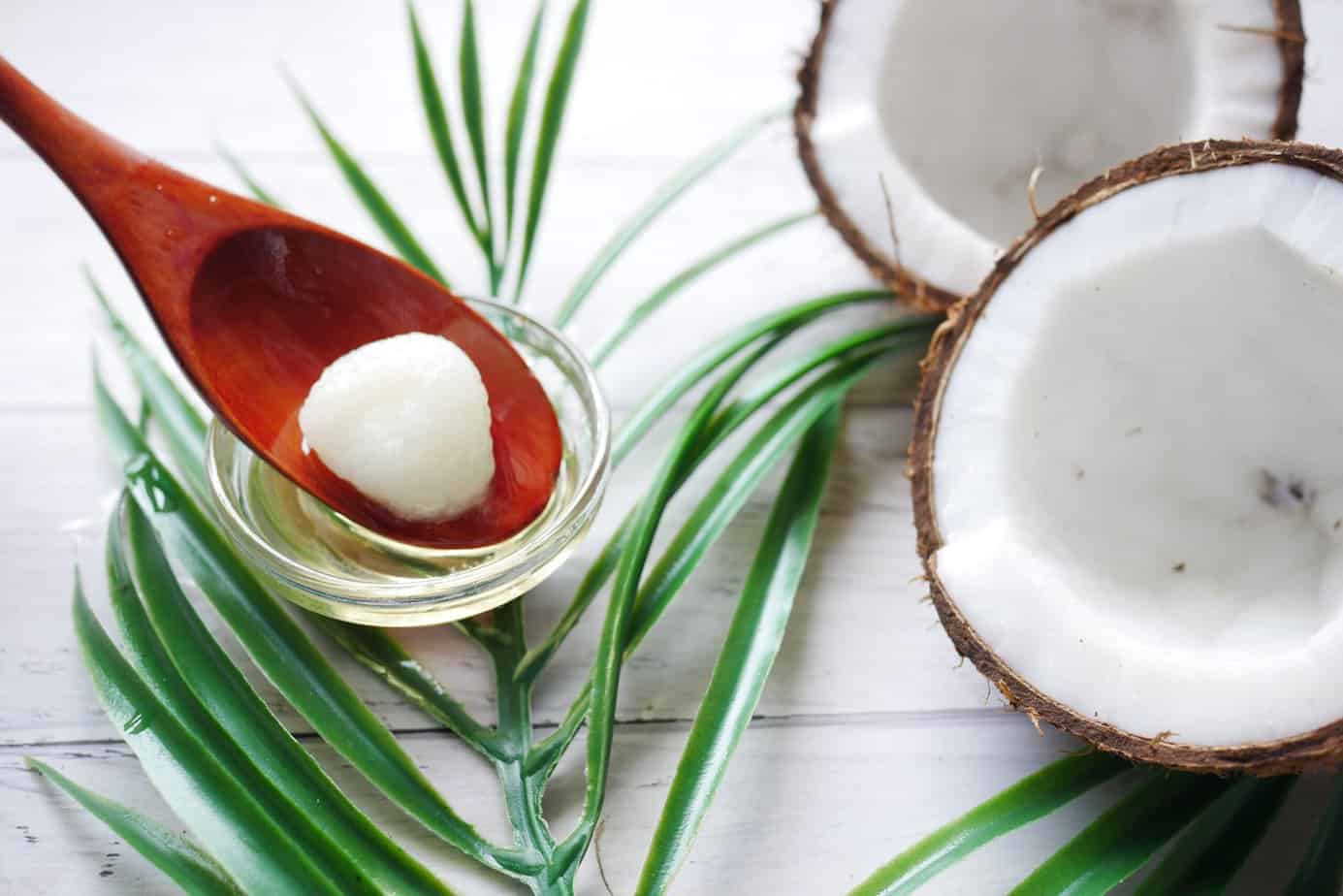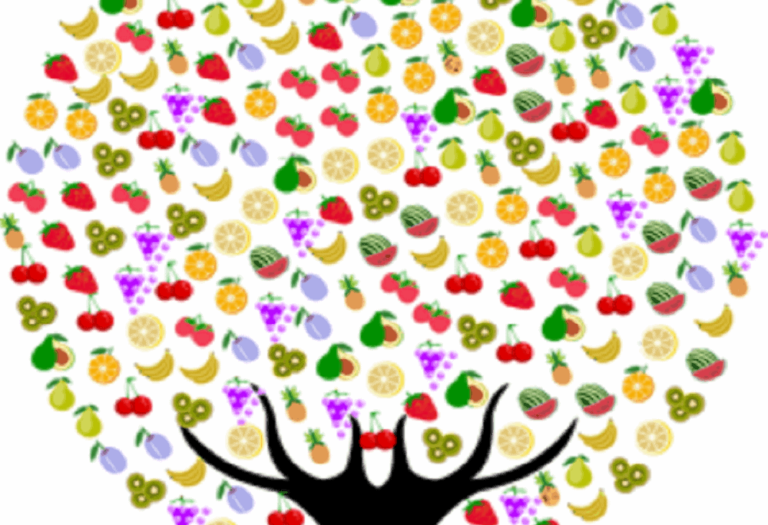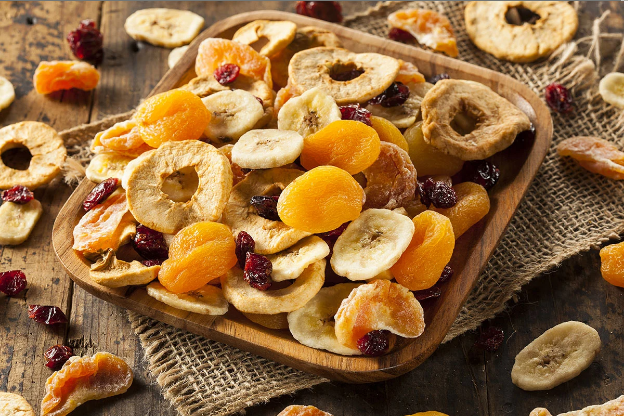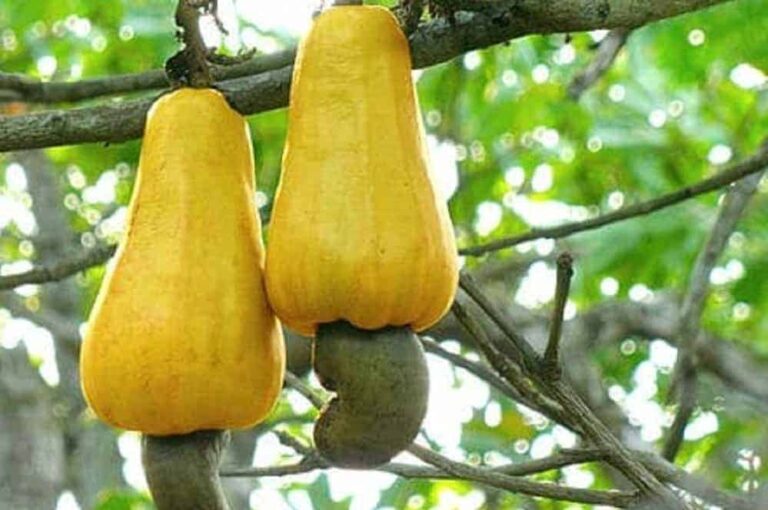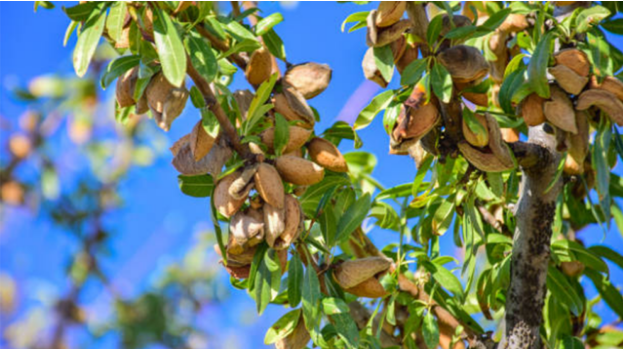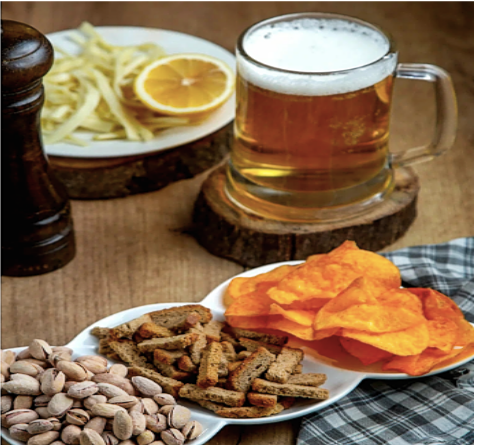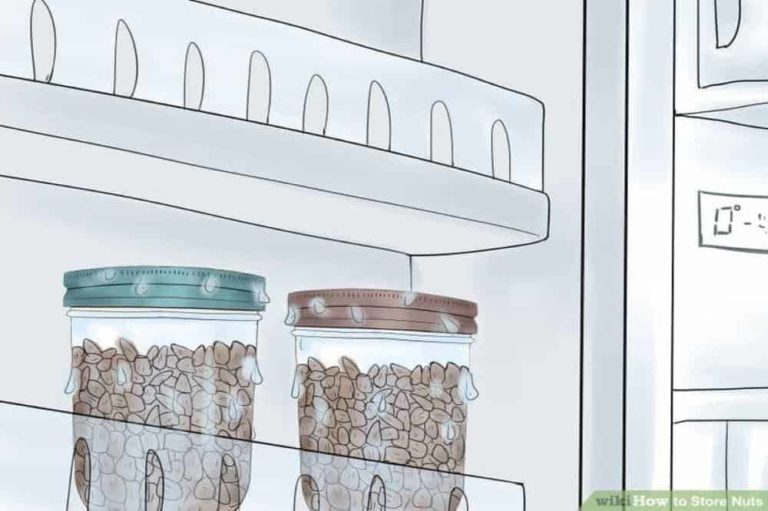Your cart is currently empty!
Coconut Oil: From Ancient Extraction to Today’s Uses
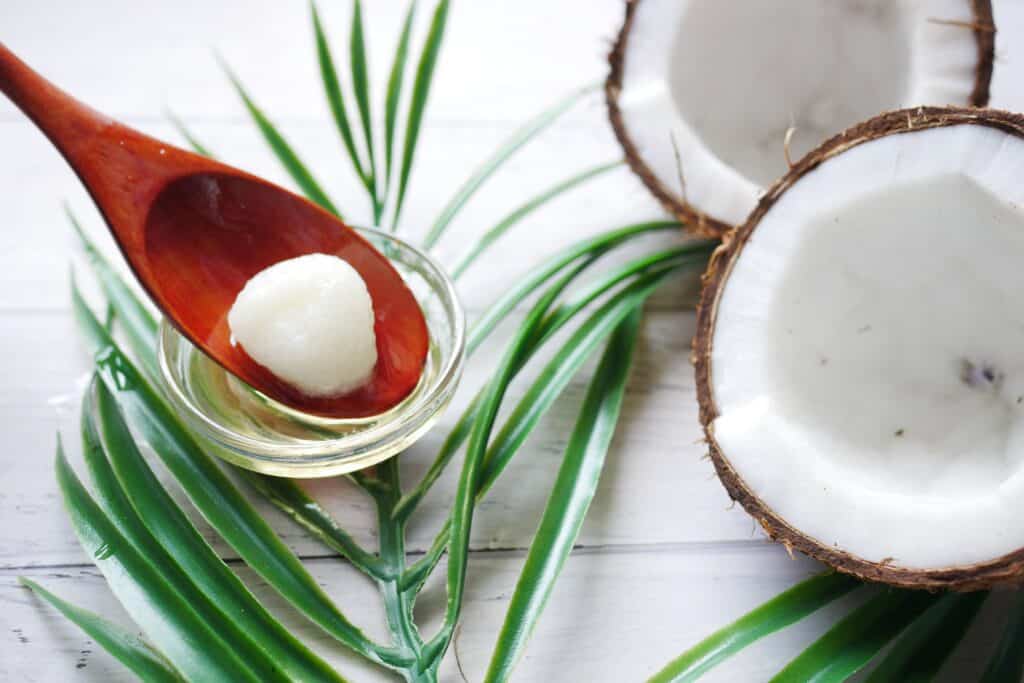 In coconut-growing countries, coconut oil is prepared at home by heating coconut milk until a clear oil separates. Commercially, the extraction of oil from copra (dried or smoked coconut meat) is one of the oldest seed-crushing industries in the world. Coconut oil has a history almost as rich as the oil itself. Extraction methods range from simple techniques employed in villages to modern ones. They use high-pressure expellers and prepress or solvent extraction plants that can process more than 500 tons of copra a day. In Indonesia, some processors cook chopped fresh kernels in previously extracted coconut oil before pressing.
In coconut-growing countries, coconut oil is prepared at home by heating coconut milk until a clear oil separates. Commercially, the extraction of oil from copra (dried or smoked coconut meat) is one of the oldest seed-crushing industries in the world. Coconut oil has a history almost as rich as the oil itself. Extraction methods range from simple techniques employed in villages to modern ones. They use high-pressure expellers and prepress or solvent extraction plants that can process more than 500 tons of copra a day. In Indonesia, some processors cook chopped fresh kernels in previously extracted coconut oil before pressing.
Coconut oil is the most important of the small group of commercial fats that contain a high proportion of glycerides of lower fatty acids. The chief fatty acids are lauric (45 percent), myristic (18 percent), palmitic (9 percent), oleic (8 percent), caprylic (7 percent), capric (7 percent), and stearic (5 percent). There is also a minute amount of tocopherol (vitamin E). The natural volatile flavor components of fresh meat and oil are primarily delta-lactones. Lauric fats are characterized by high saponification value and have the lowest iodine value of vegetable oils in everyday industrial use.
Coconut oil, as it is ordinarily prepared in tropical countries, ranges from colorless to pale brownish-yellow in hue. In temperate climates or air conditioning, it appears as greasy. It is a somewhat white or yellowish solid fat that has a melting point between 20° and 26° C. Until refined, it has a pronounced coconut odor. Manufacturers refine, bleach, and deodorize the coconut oil with standard technology. Coconut oil can cool under crystallization, and part of the oil produces a semisolid mass.
The Wonder Oil
The solid fraction, coconut stearine, is a harder fat with a higher melting point. They use it as a substitute for cocoa butter. It has a lower melting point than the latter. Hydrogenation converts its unsaturated glycerides into stearic glycerides. The resulting product has a melting point higher than coconut stearine. This resembles cocoa butter. Coconut oil mixed with nonfat milk often replaces that of whole milk. Other uses include the making of imitation dairy products, coffee whiteners, soft-serve desserts, frozen desserts, whipped toppings, milkshake mixes, and chocolate-filled milk.
Coconut oil is used because of its bland flavor, resistance to oxidation, and stability in storage, as well as a unique liquefying property that contributes to the “mouth-feel” of the food of which it is a component. The main nonedible uses are in soaps, detergent foam boosters, lubricating oil additives, mineral flotation agents, shampoo products, and corrosion inhibitors. Lauric oils enhance the lathering quality of soaps, and this quality makes coconut oil particularly useful for hard water or marine soaps. A feature of soapmaking with coconut oil is the higher yield of glycerol (14 percent compared with 10 percent for most oils). Other nonedible uses include illuminating or fuel oil in rural areas and ceremonial lamps. Coconut stearine is also used to advantage in candle manufacture. Coconut oil will directly fuel unmodified diesel engines. You can see that the history of coconuts is extensive, with many benefits documented.
High Demands For Coconut Oil

When the industrial demand for coconut oil developed in the nineteenth century, sailing schooners, and later tramp steamers, visited Pacific islands where the palm was plentiful. Fresh coconuts are bulky and perishable cargo because of their high water content and huskiness. The fruit is made up of about 50 percent husk, 12 percent shell, 10 percent water, and only about 28 percent meat (kernel). The fresh coconut meat itself contains about 47 percent moisture. Thus, it was more convenient to ship copra, which the islanders could prepare in advance by drying the kernels either in the sun or, if needed quickly, over a fire.
Commercial copra plantations today still use sun drying, direct firing over a barbecue, or indirect hot air in various sorts of kilns. The moisture content is reduced from between 45 and 50 percent to between 6 and 8 percent, and the oil content increases from 35 percent to between 60 and 65 percent. For safe storage, the moisture content of copra should be 6 percent, yet at the first point of sale, it often has a much higher level. It dries further during storage, but molds may attack under such conditions. One of these is Aspergillus flavus, which produces aflatoxin. The possible presence of this carcinogen should serve as a stimulus for the industry to improve copra quality or to bypass making it and process the fresh fruit instead.
Copra And Coconut Oil History
Copra may also form naturally inside the whole ripe nut. The formation occurs when nuts are kept in dry environments and with those varieties that do not germinate quickly. The endosperm (kernel) eventually comes away from the shell and forms a ball of copra that rattles loosely inside the nut. The husk can remain intact so that the surface will not crack, and the whole copra-formation process requires some 8 to 12 months. Fires may be lit to help the drying. The heat and smoke do not contaminate the endosperm, which retains a very high quality (Harries 1993).
After the oil is extracted from copra, a good-quality residual cake will contain 6 to 8 percent oil, with a protein content of around 20 percent. Copra meal, the solvent-extracted residue, is 1 to 3 percent oil, depending on the efficiency of the plant. Cattle and poultry feeds incorporate both cake and meal; this combination results in firmer butter and harder body fat in cattle than that induced by other oil cakes. Cake with a high oil content is generally fed to pigs, but a deficiency in certain amino acids, notably tryptophan, lysine, methionine, and histidine, limits the amounts used in animal feeds. If aflatoxin is present in poorly prepared copra, it can pass into the cake or meal.
The society produces coconut flour by extracting oil from fresh coconut kernels rather than from copra. The flour is used in making bread and other foods. But, as just noted, it is not superior to other protein sources. This is especially true in the proportions of the various amino acids. Regardless, coconut oil history is full of documentation of combining flour to make elaborate recipes.
Coconut-Confectionery

The coconut palm is also an acceptable source of nectar. It begins to flower 3 to 5 years after planting, depending on growing conditions, and once started, it opens a new inflorescence regularly at 25- to 30-day intervals throughout the year. The palm goes on flowering for the remainder of its 80-year or longer life span. Every inflorescence includes hundreds of male flowers that open sequentially over a 3-week period, and each contains a drop of nectar when first open, which attracts honey bees and bumblebees in the early morning. Each inflorescence also carries female flowers, sometimes more than a hundred. For about a week each month, female flowers are receptive to pollination for a day or two and produce an almost continuous flow of nectar droplets from three exposed and easily accessible nectaries. Birds (honeyeaters) and even lizards visit the flowers.
The activity of insects draws attention to the nectar, whose sweetness is readily sampled by touching with a finger (easily reached in young palms). These may have been the clues that encouraged early domesticators and cultivators to find a way of increasing the flow of nectar. This method is known as tap-ping, and it produces toddy, as described in detail in the section “Water into Wine.”
Sweet toddy, boiled in shallow pans to its crystallization point, gives a 12 to 15 percent yield of jaggery. This rough sugar is hard, semicrystalline, and golden brown in color. A lesser degree of concentration gives treacle (or syrup). Beehives are often kept in coconut groves to enhance the fruit set.
The year-round flowering in a coconut plantation assures a perpetual supply of nectar, and the hives can also serve as sources of pollen.
Desiccated Coconut
The characteristic taste of coconuts (when mature) and, to a certain extent, their texture (when grated and dried or desiccated), are among their most essential features for spicing and flavoring. In the United Kingdom, television advertisements for a chocolate-covered, coconut-filled confection give an entertaining but faulty impression that the coconut falls from the palm already peeled and neatly split in half. In reality, the manual labor involved in making desiccated coconut, including harvesting, peeling, cracking, deshelling, and shredding, is far from amusing and not necessarily rewarding. Australians like their favorite cake covered with desiccated coconut, which makes Australia a large importer of this product. Yet, farmers on neighboring Pacific islands, who cannot grow anything other than coconuts, neglect the crop because of low world market prices for their products.
Desiccated coconut was first manufactured in the early 1880s. It is an essential product, sensitive to changes in coconut production costs, and easily susceptible to overproduction. After sterilization, disintegrators reduce them to a wet meal, or cutters produce fancy cuts, such as threads or chips. Drying is done by indirect drying at 75-80° C or by direct firing at 120° C. Producers calm and grade the dried product in order to pack it. Parings, oil, and drain oil are byproducts.
The desiccated coconut should be pure white, crisp, and have a fresh taste. It should have less than 2.5 percent moisture, 68 to 72 percent oil (on dry weight), less than 0.1 percent free fatty acid as lauric), and about 6 percent protein. If there is more than 6 to 7 percent sucrose, then sugar has been added. Unavailable carbohydrates are about 18 percent, crude fiber is about 4 percent, and there is some mineral content. Many use desiccated coconut chips in sweets, biscuits, cakes, and cake fillings.
Creating Products In Coconut Oil History
 Dr. Samuel Johnson’s Dictionary of 1755 contained run-together articles on coco (the nut) and cocoa (the source of chocolate). This resulted in confusion of the spelling. Thus, the poetic allusion to the “cocoa’s milky bowl” refers to the “coconut,” Cocos nucifera, and not to cocoa, Theobroma cacao. Yet even explaining this commits a further solecism because coconut “milk” is a manufactured product. People often have trouble distinguishing coconut milk from coconut water. Scientists will even do this in research publications. You can prepare coconut milk by squeezing freshly grated endosperm, usually with a little added water, through the cloth. Upon storage, coconut cream forms an upper layer, and when either emulsion is heated, a clear oil separates. This is the basis of the time-honored village method of oil extraction.
Dr. Samuel Johnson’s Dictionary of 1755 contained run-together articles on coco (the nut) and cocoa (the source of chocolate). This resulted in confusion of the spelling. Thus, the poetic allusion to the “cocoa’s milky bowl” refers to the “coconut,” Cocos nucifera, and not to cocoa, Theobroma cacao. Yet even explaining this commits a further solecism because coconut “milk” is a manufactured product. People often have trouble distinguishing coconut milk from coconut water. Scientists will even do this in research publications. You can prepare coconut milk by squeezing freshly grated endosperm, usually with a little added water, through the cloth. Upon storage, coconut cream forms an upper layer, and when either emulsion is heated, a clear oil separates. This is the basis of the time-honored village method of oil extraction.
Water into Wine
Civilizations have used a technique called toddy tapping to make beverages out of the coconut palm. They have created both alcoholic and nonalcoholic beverages. This is similar to other fruits with the ability to ferment and convert to wine. Like other fruits, you would use fermentation or distillation for this process. Southeast Asia has tapped many types of palms as practice dating back to the seventh century.
Casual observers sometimes think that they tap the coconut leaf stalks. In reality, tapping uses the unopened flowering inflorescence. The tapper will cut into this large structure at tall heights. These lofty heights are thought to cause the mistake of thinking they cut the leaf stalk.
There are many flowering stalks within an inflorescence, each able to exude sap. Workers pack them tightly into an enveloping spathe that would normally split to allow pollination. Binding the spathe tightly prevents it from breaking naturally. They may also beat it to stimulate sap flow. Once ready, they will cut the end off to allow the sap to drip into a receptacle. The toddy tapper visits the palm, morning and evening, to decant the accumulated fluid from the container before fermentation gets too active. You can see the sap flow continue for many days. They remove a sliver each day to reopen the blocked vascular elements. They continue this practice until only a stump remains. Then, the workers prepare the next inflorescence in the sequence.
The Further Tapping Process
 Obviously, tapped bunches do not flower usually, and the palm ceases to set fruit. Farmers allow the palm to rest if sap flow decreases. The palm may respond with exceptionally high yields of fruit on the next average bunches. Excessive tapping followed by a high fruit set could shorten the life of the palm. However, the financial return to the farmer would more than compensate for this shorter life.
Obviously, tapped bunches do not flower usually, and the palm ceases to set fruit. Farmers allow the palm to rest if sap flow decreases. The palm may respond with exceptionally high yields of fruit on the next average bunches. Excessive tapping followed by a high fruit set could shorten the life of the palm. However, the financial return to the farmer would more than compensate for this shorter life.
Toddy is initially sweet and watery. Toddy, produced overnight and collected first thing in the morning, contains about 3 percent alcohol and 10 percent fermentable sugar. Certain additives may slow or stop fermentation. Otherwise, fermentation continuing for 33 hours produces palm wine with an 8 percent alcohol content. Sweet, unfermented toddy contains 16 to 30 milligrams of ascorbic acid per 100 grams. The content changes little during fermentation. The yeast in fermented toddy adds vitamin B.
Arrack is the product of the distilling of fermented toddy. Doubly distilled arrack is the basis of local gins, rums, and so forth, with the addition of appropriate flavors. As with other wine-making substances, coconut toddy can also become vinegar. Fermenting toddy with free access to air produces 45 percent acetic acid in 10 to 14 weeks.
Blog Assisted By rzwilliams.com

